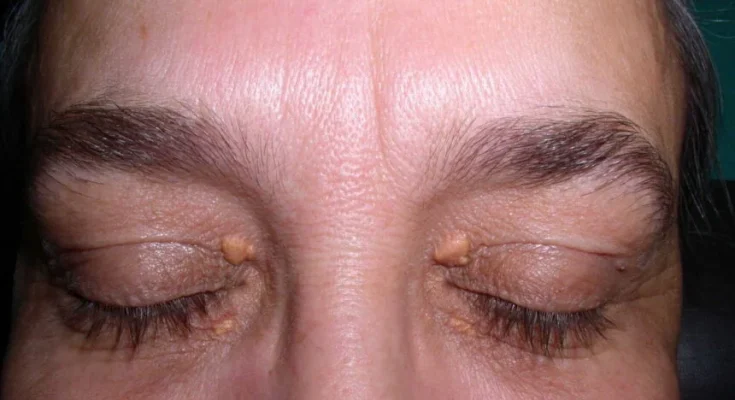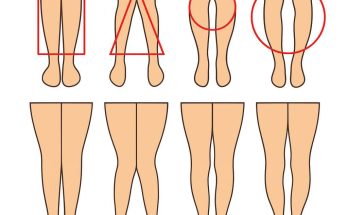Your face is a canvas that displays more than emotions—it can offer vital insights into your overall well-being. Subtle shifts in your skin, eyes, or facial features may serve as early signals of underlying health conditions. Identifying these signs promptly can pave the way for timely diagnosis and effective care.
Below are four facial changes that could point to hidden health concerns, presented clearly and formatted for readability.
1. Xanthelasma
Xanthelasma manifests as yellowish plaques or bumps near the inner corners of your eyes. This condition arises from cholesterol deposits beneath the skin and, while not harmful, may suggest elevated cholesterol, liver concerns, or thyroid imbalances.
Studies show that nearly half of individuals with xanthelasma have high cholesterol levels, often tied to genetics or liver challenges.
Even if cholesterol tests show normal results, xanthelasma might hint at an increased risk of heart disease.
To reduce this risk, embrace a balanced diet, monitor cholesterol levels, stop smoking, and stay active. If xanthelasma persists, reach out to a healthcare provider to explore treatment options.
2. Angular Cheilitis
If you notice persistent redness, cracks, or discomfort at the corners of your mouth, you might be dealing with angular cheilitis. This condition often stems from infections, deficiencies in nutrients like B vitamins, iron, or zinc, or suboptimal oral hygiene.
Older adults are more prone to angular cheilitis, with triggers like poorly fitting dentures, dry mouth, or frequent lip licking making it worse.
A nutrient-rich diet filled with essential vitamins and minerals can help ward off this condition.
If symptoms linger, consult a healthcare professional to investigate potential deficiencies or infections.
3. Melasma
Melasma appears as brown or grayish-brown patches on the face, often affecting the cheeks, forehead, nose, or upper lip area.
It’s more prevalent in women, particularly during pregnancy or when using hormonal contraceptives, as hormonal fluctuations can spark these pigmentation changes.
While melasma poses no health risks, it can impact confidence. In some cases, it fades naturally after pregnancy or discontinuing hormonal treatments. Stress may also play a role in its appearance.
Dermatologists can suggest solutions like topical creams, chemical peels, or laser treatments to address the condition effectively.
4. Milia
Milia present as small, white, or yellowish bumps, typically around the eyes, cheeks, or forehead. These harmless cysts form when keratin, a skin protein, becomes trapped beneath the surface.
Unlike acne, milia aren’t caused by clogged pores or bacteria.
They may develop following skin trauma, excessive sun exposure, or long-term use of steroid creams.
While milia often resolve on their own, stubborn cases may require professional removal by a dermatologist.
Your face does more than reflect your emotions—it acts as a mirror to your health. Staying attentive to changes like unusual bumps, patches, or skin conditions can help you detect potential health issues early.
If you observe persistent or troubling symptoms, consult a healthcare professional for a thorough evaluation and appropriate treatment.




